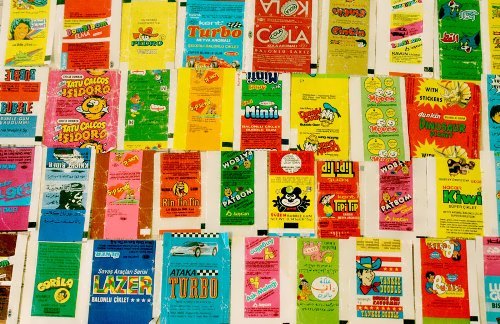The history of the beauty
Beauty is a vital and central element of human experience. Poets praise it, artists strive to capture it in their works, moralists warn against its deceiving influence, scientists seek to uncover its secrets, and philosophers reflect on its illusive nature.
Classical Western philosophy has regarded beauty as one of the three fundamental concepts of human understanding: truth (and falsehood), good (and evil), beauty (and ugliness).
In the sixteenth century Elizabeth I (1533 – 1603) took only four baths a year! Mary Queen of Scots chose to bathe in wine. Milk was recommended for a pale skin. In the next century water was still considered unhealthy and wife of Samuel Pepys (1633 – 1703) preferred to wash her face in puppy’s urine.
More »






